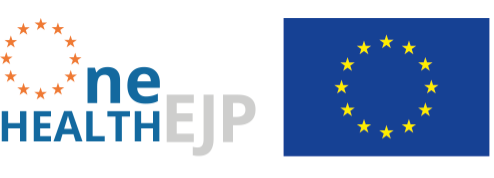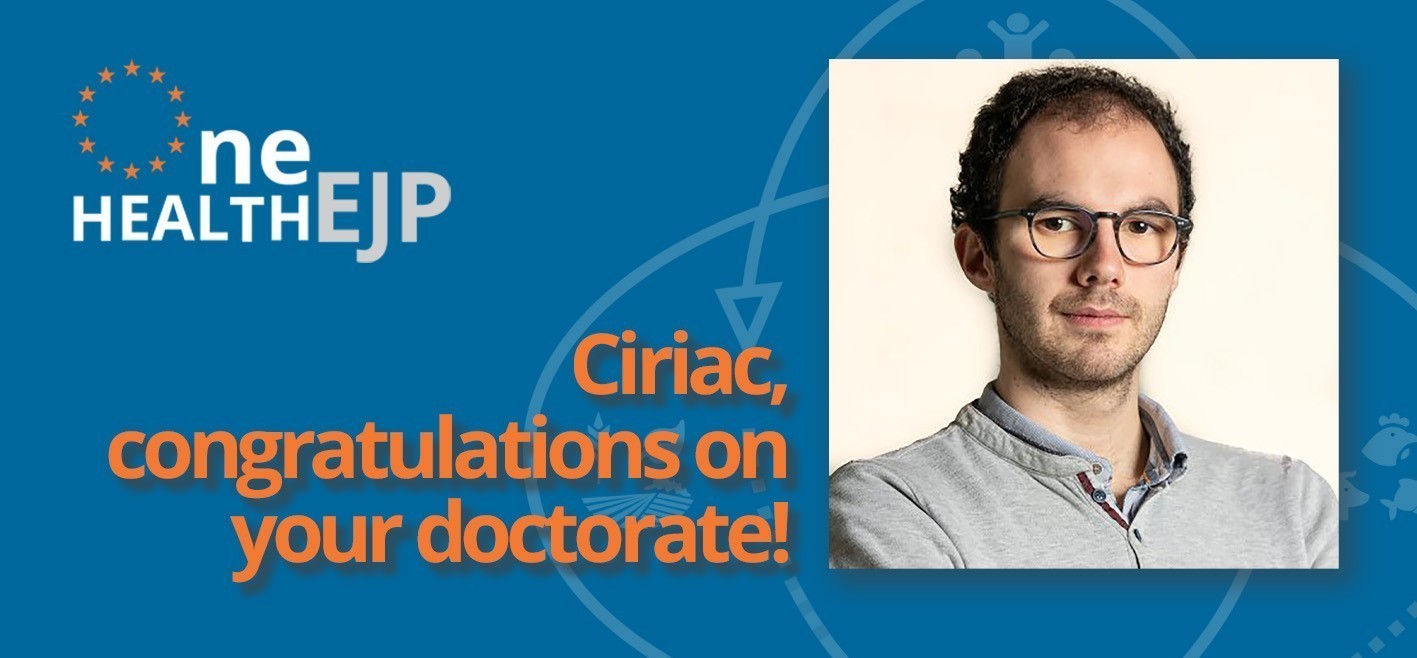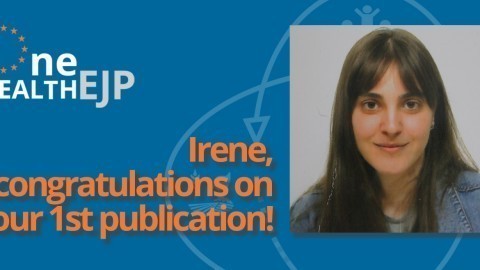COVID-19 is an emerging threat
The first reports of the novel coronavirus (COVID-19) in the Chinese city of Wuhan were made in late December 2019. Chinese authorities identified a novel coronavirus, which had not previously been identified in humans. The virus is presumed to originate from animals.
The COVID-19 outbreak is an emerging threat and is a rapidly evolving situation with ongoing outbreak investigations affecting countries all over the globe. After the first cases in Europe were confirmed in January 2020, the virus continues to spread rapidly throughout the continent.
Although human to human transmission has already been confirmed, further information is required on details about the transmission, potential animal reservoirs, environmental aspects, sources of infection, virulence, pathogenicity, and morbidity and mortality rates.
The World Health Organization (WHO) is coordinating global efforts in the fight against COVID-19, and the European Centre for Disease Prevention and Control (ECDC) is closely monitoring the outbreak and providing risk assessments to guide EU Member States and the European Commission in their response activities.
The One Health EJP’s response
The One Health European Joint Programme (OHEJP) has scientific expertise, a network of laboratories in public and animal health and a preferential link to the national and international authorities.
Addressing emerging threats aligns very closely with the OHEJP’s visions and goals and therefore the OHEJP is proactive in taking steps to add value to the existing knowledge currently available about COVID-19:
- The OHEJP funds and supports the activities of 29 research and integrative projects. Among them, the recent and current Joint Research Projects (JRPs) METASTAVA, Tele-VIR and MAD-Vir all include work on coronaviruses, focusing on detection of novel emerging threats with a specific focus on viral disease outbreaks.
- The joint integrative project COHESIVE is developing guidelines to support countries to approach the COVID-19 outbreak using a One Health approach.
- The OHEJP consortium members have wide extensive international networks outside of the EU which are of benefit for knowledge sharing in global emergencies such as this.
- The public health agencies in each country from our consortium are already involved in the national responses.
- A strength of the OHEJP consortium is that it can link the public health domain to the animal and environment health domains.
- The OHEJP understands the imminent need to address this current threat, and resource is currently being re-directed through an expert elicitation and prioritisation process to allow the consortium to respond where its strengths can have most benefit, aligning with Strategic Research Agenda.
- The OHEJP has a comprehensive selection of Education and Training activities as well as dissemination activities:
- The programme for the OHEJP Annual Scientific Meeting Satellite Workshop on ‘Systems thinking’ has been adapted to use the COVID-19 outbreak as an example of what a new or emerging potential zoonoses can do and how it can impact human and animal health. In this workshop, we will inquire how signalling and response is organised in different countries, and who plays a role in the collaborative interactions necessary to deal with the threat using a One Health approach. The workshop will use the COVID-19 outbreak as an example and use Wuhan as a starting point.
- The OHEJP’s first CPD module on ‘Outbreak Preparedness’, a very timely and relevant course, has been adapted to include COVID-19 as a case study.
- One of the Keynote talks at the OHEJP Annual Scientific Meeting will be on COVID-19.
Contacts
For more information, please contact:
Scientific Coordinator: Hein Imberechts (Sciensano)
METASTAVA Project Leader: Steven Van Borm (Sciensano)
TeleVIR Project Leader: Maiken W. Rosenstierne (SSI)
MAD-Vir Project Leader: Anders Fomsgaard (SSI)
COHESIVE Project Leader: Kitty Maassen (RIVM)






